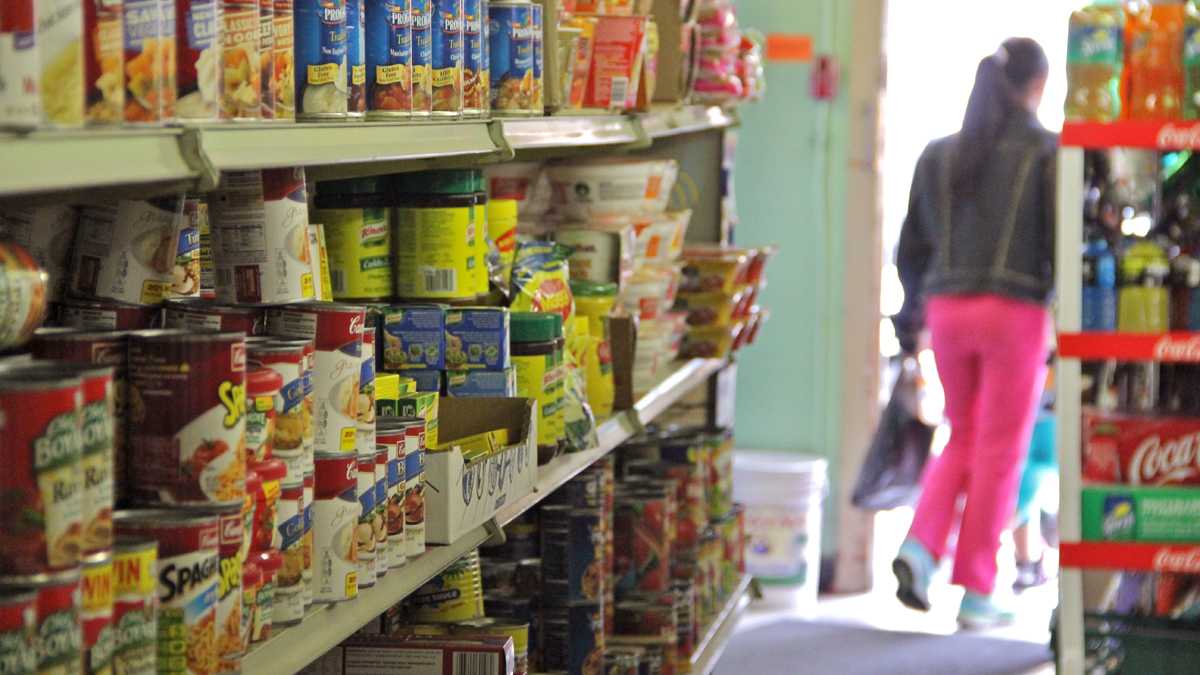After SNAP cuts, adjusting to life with fewer meals
Listen
Convenience stores like Gabriel's Market in South Philadelphia could suffer because of a 5 percent cut in food stamps. Roughly one in three Philadelphians receive food stamps. (Emma Lee/for NewsWorks)
It’s been just over three months since Congress made significant cuts to the Supplemental Nutrition Assistance Program, also known as SNAP, bringing it back to pre-recession levels. Backers of those cuts say it will save taxpayers billions of dollars in the years to come.
But for many American families living from month to month on food stamps, it can mean the difference between eating or going hungry.
Tianna Gaines-Turner — a mother of three, an advocate for the poor, and one of Drexel University’s “Witnesses to Hunger” — said her federal aid runs out more quickly now.
“It’s really hard because you always run out of food stamps at the end of the month,” Gaines-Turner said. “So right now, there’s no food stamps left in my house. There’s barely no food in the cupboards, there’s nothing left in the fridge. So today is not a good day for me.”
Gaines-Turner says after a series of cuts to SNAP, her monthly food stamp allotment fell from $793 to $163. And the federal Farm Bill, passed last month in the U.S. House, includes $8.6 billion in cuts to the program over 10 years.
To hear WHYY’s Jennifer Lynn discuss cuts to the food stamp program with Tianna Gaines-Turner, click the audio player above.
WHYY is your source for fact-based, in-depth journalism and information. As a nonprofit organization, we rely on financial support from readers like you. Please give today.


